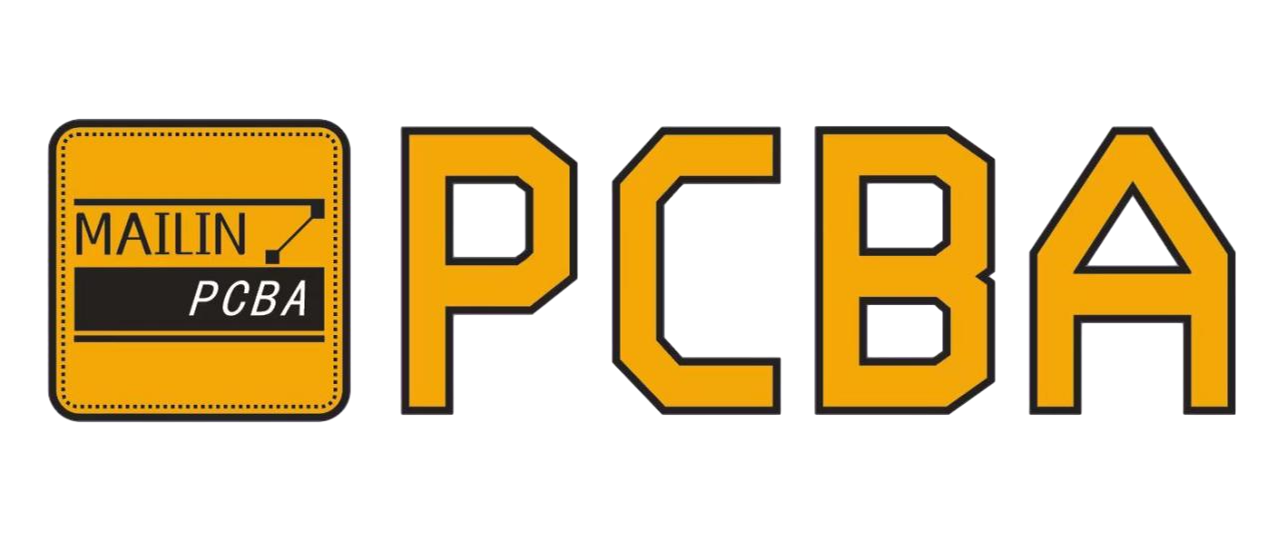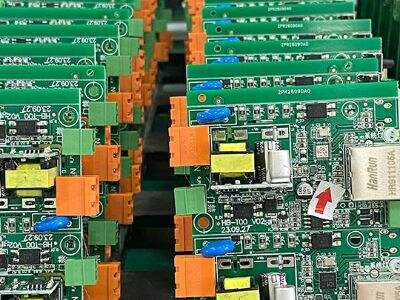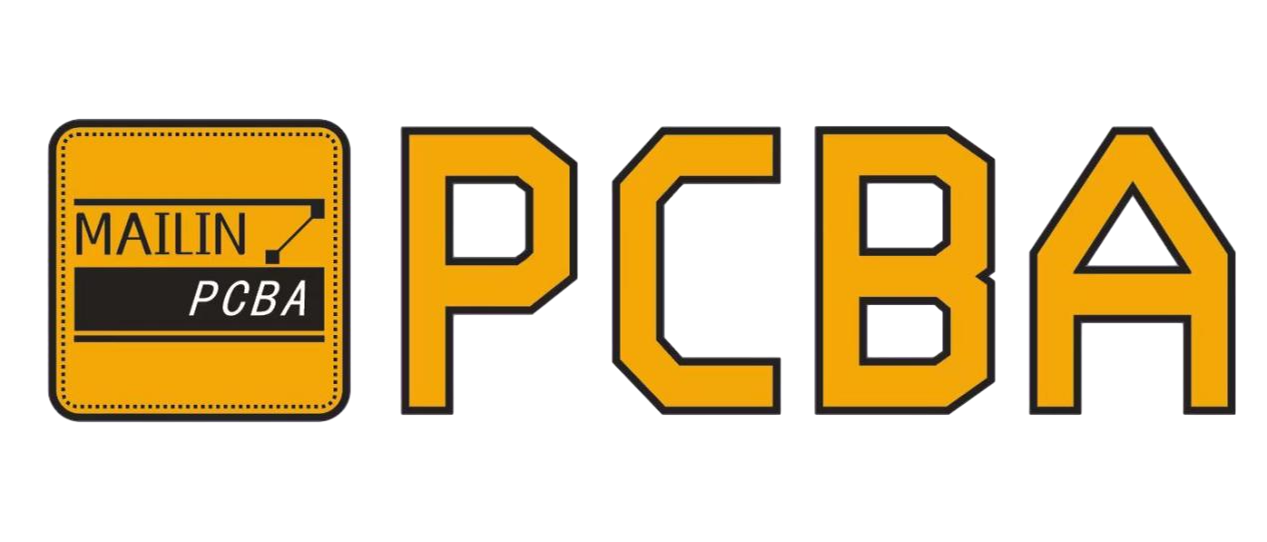This might seem a bit complex if your knowledge in PCB design is limited. But it is critically important for high-speed electronics. Unlike some other electronic components, where failure may not mean the end of the line, PCB ( Printed Circuit Board ) is a critical part of most electronic devices. With a good PCB design, we can prevent the loss of signals, control the flow of signals, ensure the timing of signals is on point, eliminate crosstalk error, and arrange the parts according to the best positions. Now let's go into these a little more detail and see how they help electronic devices function properly and efficiently.
Good PCB Design Avoiding Signal Weakness
Good PCB design trace can prevent signal from weakening, which ensures great performance of the device. Signal degradation occurs when the signal carrying the information from one place to another weakens or becomes distorted to the point that it is no longer intelligible. This may lead to miscommunications between different elements of the device, and even cease normal function of certain parts completely.
Using good and wholesome material for the PCB board is one way to avoid a weak signal. And don’t forget to verify that the board's size and shape fits the signals it will be transporting. However, the traces width and length on the board need to keep in mind the requirements of the signals. This will reduce the possibility of a weak signal and improve the performance of the device to ensure that it works as planned.
Signal flow control in high-speed electronics
Another part of a good design is controlling the flow of signals around the PCB. This means knowing how much resistance does the throttle signal meet as it passes through PCB board. The signal could either get lost or weakened if the resistance is too high or too low. This could create issues on how effective the device will be.
We use special sort of software to calculate how pipes are spaced on a board, and how much copper needs to be there, Referential >>>> Now these paths, called traces, carry the electrical signals from one element to another. Therefore, by designing these traces carefully, we could ensure that signals carry on smoothly. This, in turn, results in enhanced performance of the electronic device.
Good PCB Design: Why Timing Matters
In high-speed electronics, timing is key. The speed at which signals traverse a PCB board needs to be carefully controlled so that signals do not get lost, are not given too much time to interfere with other signals, and mistakes in the transmission of data do not occur. If anything on the device is even slightly out of time, it can lead to some serious issues with how the device works.
We employ varying techniques to ensure that signals are synchronized. One technique is differential signaling, where the same signal is sent over two wires simultaneously. That helps for any minor timing differences that might be out there. What we can do by this method is to align the signals correctly, avoiding the problems coming from timing issues. When timing is accurate, the electronic apparatus can execute its work more successfully and correctly.
Improving High Speed Performance by Minimizing Signal Cross-Talk
One more issue caused due to improper PCB design goes with the signal mixing. An occasional electronic signal mix-up can cause a device to function poorly or even halt altogether. If any food or drink slips into the inner workings of your device, leakage can cause juice to get into unwanted places, and signal mixing can happen too when electrical signals from one part mix with another part by accident. This can lead to weakened signals, interference, and errors in the communication of data between two components.
We also layout the PCB board with special software and calculations to reduce signal mixing. This design process helps ensure that the paths, or traces, are properly spaced to ensure that signals do not unintentionally mix. This allows signals to traverse the device without undesired interference and thus enhances performance at high frequencies. Such planning is especially critical for devices requiring speed and energy efficiency.
PCB Design for High-Speed Electronics — The Placement Of Components
At last, components placement on PCB is one of the most crucial aspect of a good design. The position, orientation, and distance between parts can all influence how signals propagate through the device. You are designed by data till October 2023
Then we have to utilize specialized software to determine where components should go on the PCB board. We weigh physical components size dimensions, how hot they run at during the designated operation, and how they play with nearby components. With wise management of the components, the energy can be ensured to be transferred suitably between each component of the hardware. This meticulous orchestration also results in fast and stable performance, ensuring the device operates properly.
In Conclusion
A good PCB electrical circuits design is crucial for high-speed electronics to function properly and effectively. Ensuring that devices work is often accomplished using techniques like: avoiding weak signals, controlling the flow of signals, appropriately timing it, preventing the mixing of signals, and strategically placing components. Although you may be a wizard at circuitry, we hope you can rely on us when designing PCB, because at Mailin, we specialize in this aspect and will know if your electronic devices will function properly. To see how we can assist you with your electronic device design, please get in touch. We have a data from upto October 2023 and we are here to help you to create the best designs for you electronics!

 EN
EN








































